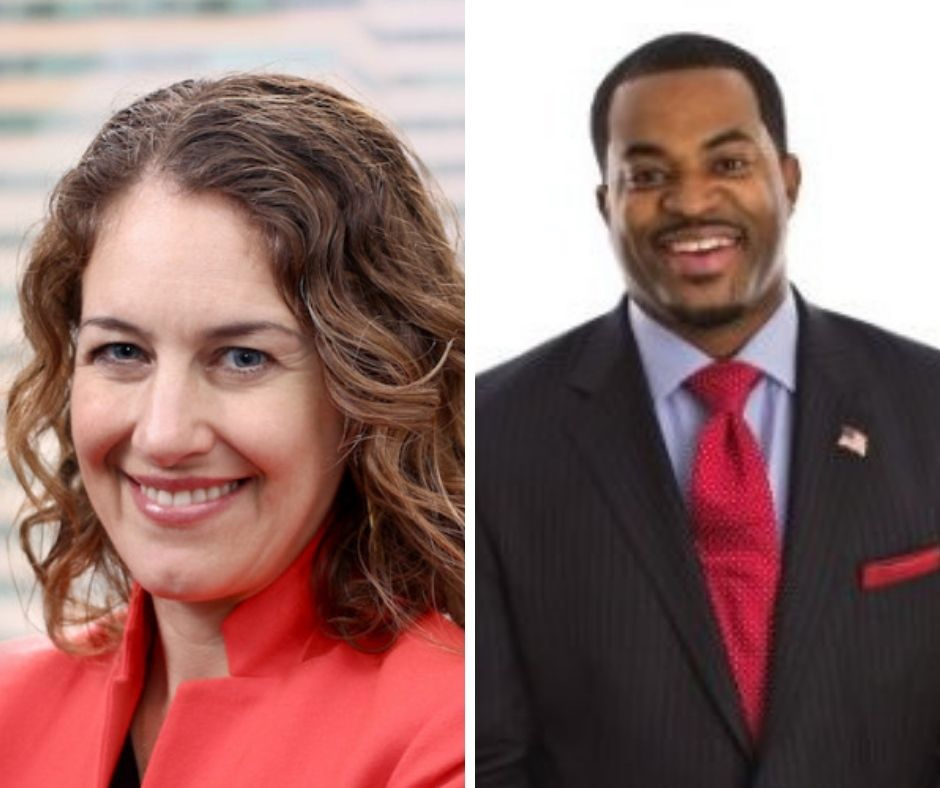There’s more nuance to an economy than how many jobs there are and who has them. Companies want to be in one city or another for certain reasons, and local governments play a huge hand in driving that type of economic development.
Think of the big push to attract Amazon: Some cities offered tax breaks, some pushed their history and cultural profile, and some promoted the talent of their citizens. These same attributes that sway the tech giants also decide where startups are founded and where businesses want to be in each stage of growth.
These incentives on a smaller scale push businesses and talent into certain neighborhoods, such as the tax credits for artists in Baltimore’s art district. It incentivizes artist to both live and create in that area. City governments do the same for other aspects of the economy.
“A lot of times government, is able to support innovation as it relates to going after core, systemic problems,” said Democratic nominee for Baltimore City Council president and Maryland State Del. Nick Mosby about the intersection of government and the innovation economy, during last month’s Introduced by Technical.ly conference. It’s about “bolstering the city in a way that private industry wouldn’t normally want to do on its own.”
Outside of legislation, Mosby points out tax credits and real estate incentives that push private companies into underserved communities.
In Baltimore, for instance, there are tax credits like the vacant dwelling tax credit to incentivize buying and revitalizing blighted neighborhoods through reduced property taxes. These act as incentives for businesses to develop in certain neighborhoods, guiding where innovation and in some cases revitalization of a neighborhood happens.
In Philadelphia, there’s the Keystone Opportunity Zone Tax Credit that exempts businesses from most state and local business taxes along with the city’s property tax for setting up shop within federal Opportunity Zones. But to receive those benefits, a business must increase employment or investment in the area in the first year.
All of these tax incentives also double as lost revenue for a city. Philadelphia has a $750 million hole in its budget because of the pandemic and it makes Sylvie Gallier Howard think differently about where Philadelphia directs its financial aid.
“Yes, bringing in new companies and new jobs is great,” said the acting director of the City’s Department of Commerce. “We need the revenue for sure, but we also have to make sure that the benefit is really widespread.”

Gallier Howard noted that many small business don’t get or use the tax incentives. To lessen that inequality, her department wants to move toward a quality jobs grant program that rewards businesses that pay $15 an hour and fit other criteria that make for a quality job.
On the committees served in the Maryland House of Delegates, Mosby said he saw an uneven distribution of assistance when it came to the major companies and small businesses.
“When you look at some of our largest tax programs for the state that’s quote-unquote for small businesses, it’s a lot of the big boys or big girls that are taking up all of the money,” Mosby said. “The largest corporations are taking up between 70% or 80% of the funds.”
A version of this played out in the federal government’s Paycheck Protection Program, which was put in place during the crisis. While it provided billions in relief, many of the businesses that needed the loan the most, like those owned by people of color, were shut out of the program.
Investment from local government, both Mosby and Howard said, should go to closing the gaps in inequity. An equitable city is an attractive city and that brings new businesses into the local economy both big and small.
“Our job is to make sure, in government, that our cities don’t turn into what others have become,” said Howard, referencing vast wealth disparities in cities like San Francisco: “unlivable for a lot of people — for too many people.”
“The inequities between certain communities is vast,” Mosby said. “It is the role of government to ensure that we have strategic, comprehensive and intentional plans of allowing everybody to have access to the amazing [places] that we all know our cities are.”







